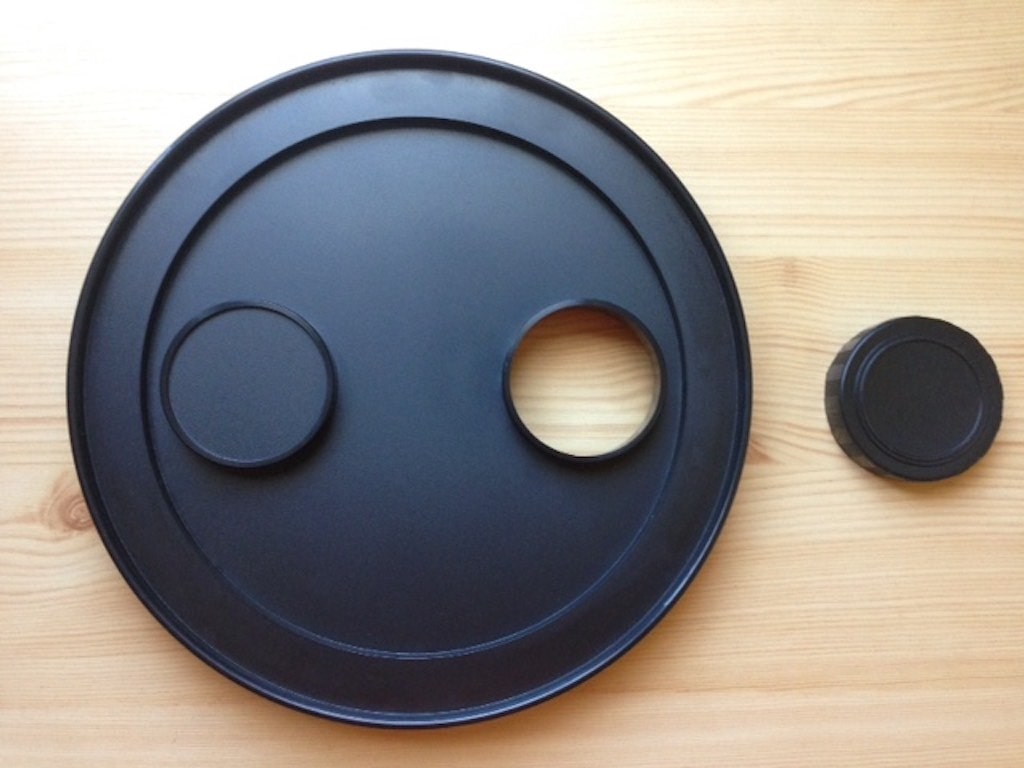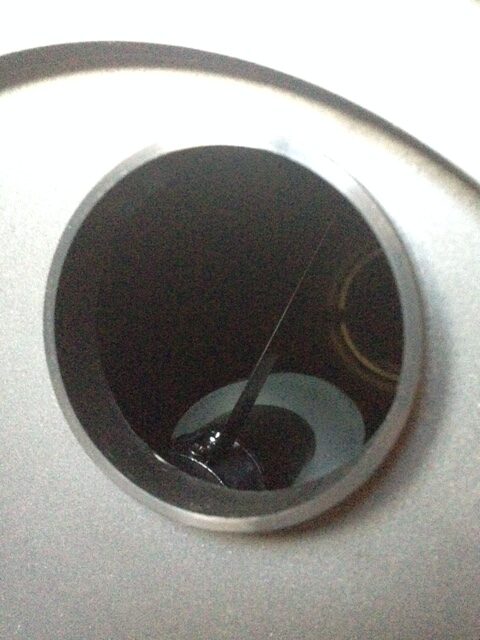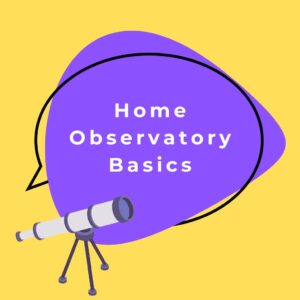This site contains affiliate links to products. I may receive a commission for purchases made through these links.
Every telescope has a front cover that is also called a dust cap. But this dust cap is not there only to protect your telescope from dust when you are not using it. You may notice that there is a smaller cap covering the smaller hole on the cover. This small hole has a specific use when observing with the telescope.
The small hole in the cover of the telescope is working as an aperture stop. You can use the small hole in the cover to observe very bright objects like the full moon or the sun with the solar filter on. Using the small hole in the cover reduces brightness and aperture by increasing the telescope’s focal ratio.
What is an aperture stop?
The aperture stop determines the amount of light going through the optical system. In the telescope case, the aperture stop is the size of the lens in refracting the telescope and the size of the primary mirror in the reflecting telescope.
The smaller hole in the cover also works as the aperture stop, but it is much smaller.
You may also like: Refractor vs Reflector Telescope: What Is The Difference?

Increasing the focal ratio by using the cover hole
This small hole in the cover of the telescope is mostly used with a fast telescope. The faster the telescope is, the brighter the image in the eyepiece. This can be an issue with bright objects.
You can calculate how fast the telescope is by dividing the focal length of the telescope by the aperture. This is also called the focal ratio. The focal ratio, including F5 and below, is considered a fast telescope, and F6 and above is slower.
Fast telescopes are great for faint objects but struggle with very bright ones. Reducing the focal ratio of the telescope using the cover hole is a common practice when observing the full moon or the sun.
How to use a cover hole properly
As said before, you should use the cover hole if you have a fast telescope when observing bright objects. It will increase the contrast of the image and decrease the brightness.
Refracting telescopes are usually slow telescopes with smaller apertures, so it is unnecessary to use the cover hole. On the other hand, the reflecting telescope comes in much bigger apertures and is faster. So in the case of a reflecting telescope, it is more beneficial to use it.
Reflecting telescopes have spider vanes that hold the secondary mirror in place, so if you are using the cover hole to observe something, be sure that the hole is not in front of one of the spider vanes.

Observing the sun through the cover hole
The most common use for the cover hole of the telescope is to use it to observe the sun. But keep in mind that you have to use a proper solar filter! This small hole is not meant to be used without the solar filter!
The advantage here is obvious; the sun is very bright, so reducing the amount of light coming into the telescope is a good idea. On the other hand, you don’t have to buy a full-size solar filter cover for your big aperture.
You can make a small solar filter from a Baader solar film to cover just the hole in the dust cap.
Read also: Telescope Filters: Models & Types to Enhance Your View
Observing the moon through the cover hole
If you are observing the moon, especially when it is in the full phase, you may experience temporary blindness of one eye after leaving the eyepiece. This is because the moon is very bright, and observing it in darkness is a strain on your vision.
Here you can use the hole in the cover to observe the moon and cut down the blindness when you leave the eyepiece. It will reduce the brightness; however, it will also reduce the resolution or details you are able to resolve on the moon’s surface.
This is because the smaller aperture has less resolving power compared to the big aperture. I recommend using the moon filters rather than the cover hole to reduce brightness. The moon filter will reduce the moon’s brightness, but you will keep your big aperture to have a better resolution of the moon’s surface.
Observing the planets through the cover hole
You can also observe bright planets like Jupiter and Saturn by using the cover hole to reduce the brightness. But as I said above about the moon, it will also reduce the resolving power of your telescope.
Now, you have to decide if you want to use planetary filters or the cover hole because there is one advantage of using the cover hole over the filters. Using the cover hole will reduce the effects of atmospheric turbulence.
The best way is to try it for yourself because it depends on the sky’s conditions. In the case of perfect seeing with almost no atmospheric turbulence, using the filters is more beneficial. In very bad seeing conditions, you can try to use a hole cover to trade the resolution for better image stability in the eyepiece.
The advantage of using telescope cover hole to observe double stars
In some rare cases, I’m using the cover hole to observe double stars. I know you need high resolving power for many of them, but sometimes when the seeing conditions are bad, and the atmospheric turbulence is high, it makes more sense to reduce the telescope’s aperture.
It is, of course, not advisable to use it for double stars, but you should try it for yourself sometimes if it makes a difference.
Final thoughts
As you can see, the telescope cover is not there just to cover the telescope and protect it from dust. It is a free tool to improve your experience with the telescope.
Just be careful when observing the sun using the cover hole. Always use the solar filter on the telescope because you will damage your eyes!
Don’t forget to subscribe to our newsletter where you’ll find the latest cosmic discoveries, expert stargazing tips, and exclusive subscriber deals. Embark on your cosmic journey if you haven’t already!
Read also:






